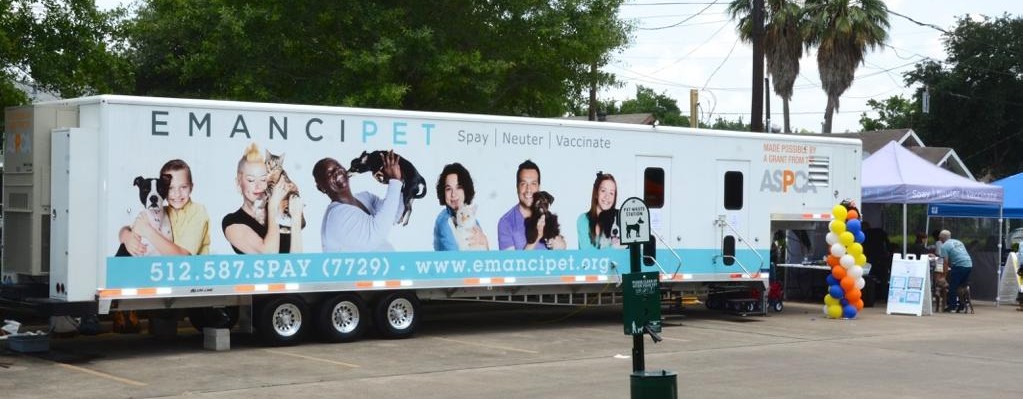The pain of losing a pet due to negligence, because your pet ran out unobserved, was chasing a cat, or could not find its way back, is incredible. All pet owners must get a microchip inserted in their pet. It is a simple procedure like getting your pet vaccinated; the microchip is inserted right beneath the pet’s skin between the shoulder blades. Research indicates that amongst lost pets, 93% of dogs and 75% of cats were returned to the owners (ASPCA, 2012).
Grain Sized Microchip
A microchip is the size of a grain and works on a technology called RFID- a radiofrequency that transmits the owner’s contact information. An ID number is stored in the microchip; it makes it easy to track the lost pet with microchip. The research conducted by the American Society for the Prevention of Cruelty to Animas (ASPCA) revealed shocking results on lost animals found and returned to the owner. Thanks to the microchip, beloved pets are found and returned to their owners. However, just getting the microchip inserted in your pet is not enough, you must get it registered.
Workings
The grain-sized microchip that reads the radiofrequency, stores the owner’s contact information which can be read by a scanner. This tiny device holds a small computer chip that carries the owner’s contact information. Pet shelters and veterinarians have scanners to scan found pets and help trace their owners. When a lost pet is brought to any one of these places, the microchip can be scanned to read the owner’s contact details. This is how the microchip works and proves to be an indispensable tool for pet owners.
A number of microchipping and pet recovery services are available like AKC Reunite, BC Pet Registry, ACA MARRS, AVID, ResQ, Crystal Tag etc. Pet owners can register any brand of microchip.
National pet microchip lookup is a national database of registered microchips across the United States. It is essential to register the microchip which carries your contact information. Once registered, the owner’s contact details are available at the national pet microchip registration database. Owners may need to pay anywhere from $20 to $50 when registering a microchip. Owner information can be renewed; however, an unregistered microchip is of no good.
Owners can register new microchip, update information for existing ones, and can also transfer ownership; so, if your pet has a new owner, you can transfer the contact information in the microchip. Once registered, your contact information will be available with veterinarians, pet shelters, and rescue groups (Get searchable, 2004).
The pet collar can be slipped or lost, and without a microchip, it will be difficult to identify your pet. The microchip does not hurt the pet; it is a small procedure which takes five minutes to complete using a hypodermic needle.
What It’s Not a Tracking Device?
Microchips are not tracking devices. They only carry the owner’s information which can be revealed by scanning the microchip. Owners must take the pet to the veterinarian to implant a microchip.
Pet microchips are made by several companies can be implanted into the pet’s skin. The microchip can help reunite the pet with its owner, as it carries the owner’s contact details. Most rescue places carry a scanner to trace the owners of lost pets.

